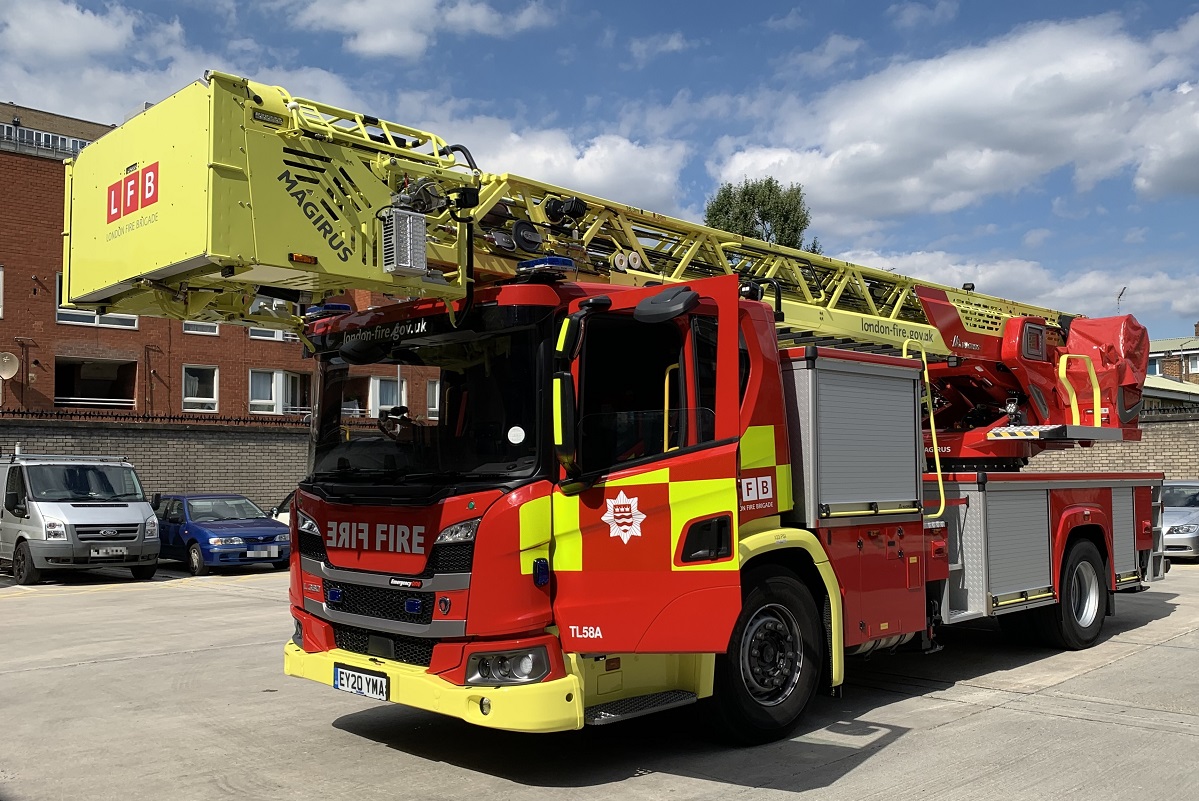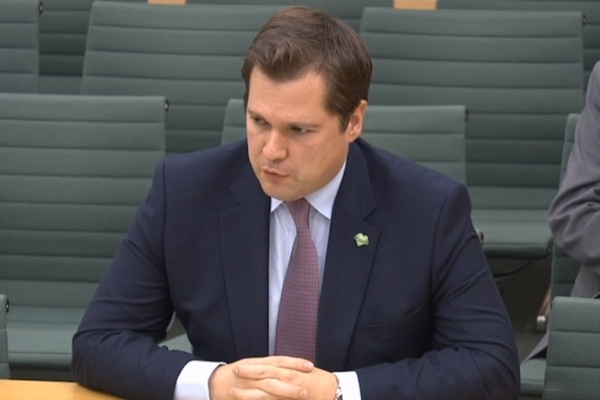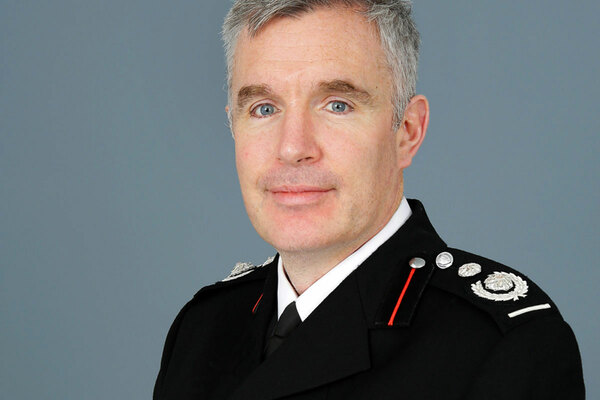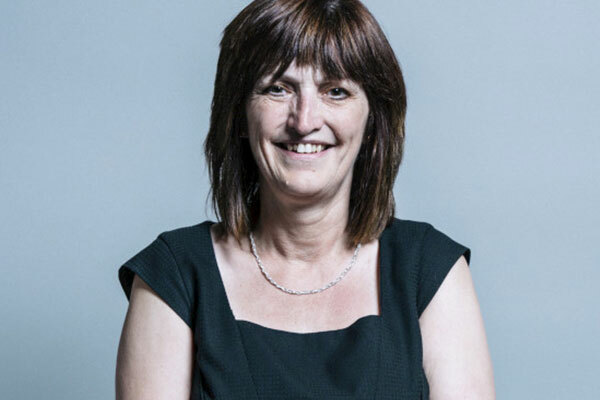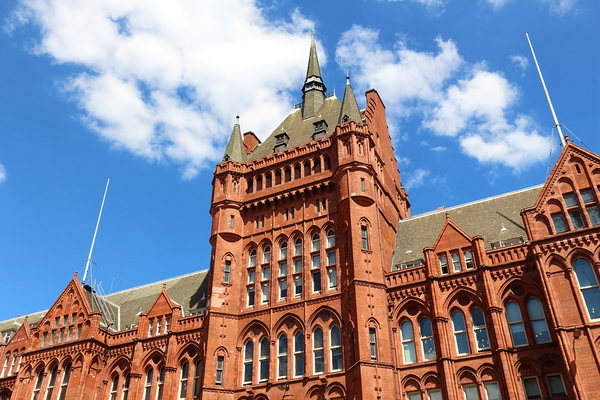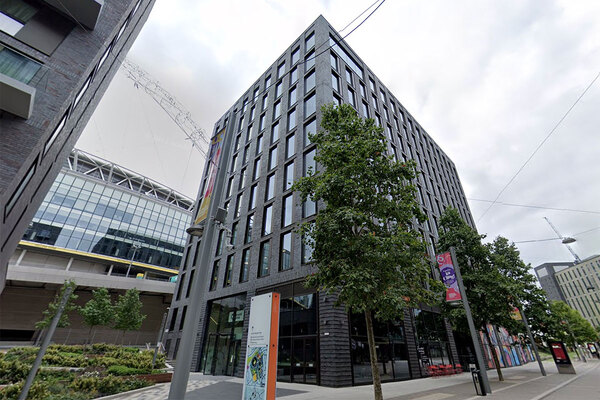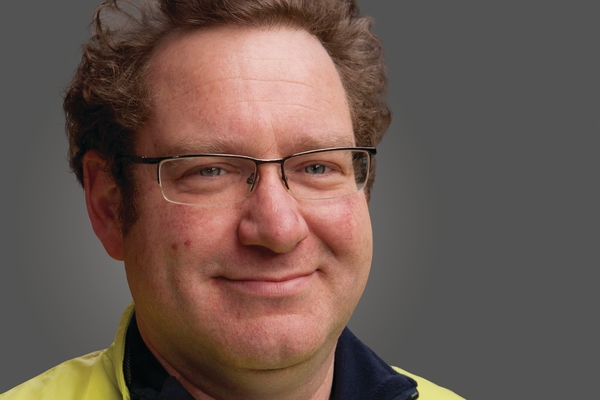Grenfell Inquiry report: stay put policy ‘an article of faith’ within LFB
The ‘stay put’ policy had become “an article of faith” within the London Fire Brigade (LFB) ahead of the devastating Grenfell Tower fire and any decision to depart from the strategy was “unthinkable” to senior officers, the public inquiry into the disaster has said.
Sir Martin Moore-Bick’s phase one report, which was published this morning, noted “a reluctance [within the LFB] to believe that a building could ever fail to comply with the building regulations”.
It said that “many more lives” would likely have been saved if the incident commander had told residents of the tower to evacuate by 1.50am. It added that by that time, “it was, or should have been, obvious that only a supervised mass evacuation would minimise the number of casualties”.
Residents were consistently told to remain in their flats until the policy was dropped at 2.47am, when the fire’s spread had rendered it “too late to carry out a managed total evacuation”, the report revealed.
The comments came as part of Sir Martin’s much-anticipated report into the events on the night of the fire. The LFB received particularly fierce criticism, with the former judge highlighting “systematic failures” in the fire brigade’s response and describing its planning and preparation ahead of the fire as “gravely inadequate”.
The report singles out Dany Cotton, commissioner of the LFB, for comments she made while giving evidence to the inquiry.
Ms Cotton famously said that she “wouldn’t change anything” about the fire service’s response on the night of the fire when speaking at the inquiry in September last year.
The report commented: “Quite apart from its remarkable insensitivity to the families of the deceased and to those who had escaped from their burning homes with their lives, the commissioner’s evidence that she would not change anything about the response of the LFB on the night, even with the benefit of hindsight, only serves to demonstrate that the LFB is an institution at risk of not learning the lessons of the Grenfell Tower fire.”
And it added that she “betrayed an unwillingness to confront the fact that by 2017 the LFB knew (even if she personally did not) that there was a more than negligible risk of a serious fire in a high-rise building with a cladding system”.
The LFB was heavily criticised in Sir Martin’s report, which focuses on the events on the night of the fire, for “significant systemic and operational failings” despite the “enormous courage and selfless devotion to duty” of frontline firefighters.
The service’s high-rise firefighting policy had a “major weakness” in its failure to make clear to incident commanders that a stay put strategy being in place “should not deter them from undertaking a full or partial evacuation if the behaviour of the fire justifies it”, the report said.
It also pointed to an “absence of any training for incident commanders in how to recognise the need for evacuation”, which reflects “a failure to recognise the risk of fire taking hold on the outside of modern buildings” despite the risks of external cladding fires being known in the UK since 1991 at the latest.
“Once it was clear that the fire had spread out of control, that compartmentation had extensively failed, but that evacuation remained possible, a decision should have been made to evacuate the tower,” the report claimed.
“The failure to train firefighters in how best to fight cladding fires was the inevitable consequence of the LFB’s institutional failure to inform its firefighters about the risks they present,” it added.
Training given to officers and firefighters responding at Grenfell “did not adequately prepare them for the nature, speed and ferocity of the fire they faced”.
The report also drew attention to the brigade’s “flawed policy” of building safety inspections, branding it “a cause for concern” that no comprehensive assessment of Grenfell was carried out after the refurbishment.
In an inspection of the tower, LFB officers failed to correct basic wrong information on the service’s records, such as the number of floors, with the brigade’s approach to such visits “not fulfilling the purpose for which they are designed, namely to collect information that allows the LFB to extinguish fires and to protect life and property”.
The fact that the LFB failed to demand premises information from Kensington and Chelsea Council or its tenant management organisation, the report added, “is a matter of the utmost seriousness” and will be examined in phase two of the inquiry.
The report criticised incident commanders on the night for failing to get information from fire survival guidance (FSG) 999 calls about conditions inside the block which might have convinced them to evacuate, as well as for a lack of information given in handovers to their replacements.
It said “serious shortcomings” in the 999 control room could not all be attributed to the scale of the disaster, with a lack of training for officers also to blame, including on whether to tell residents to stay put or get out.
The poor system for recording FSG information throughout the night led to a “deplorable state of affairs” with call handlers improvising “with very little understanding of how their roles fitted into the wider chain of communication”, the report said.
It argued that “few, if any, lessons were learnt” on this front following the Lakanal House fire in 2009.
LFB policy documents were “deficient in a number of respects in relation to FSG calls”, it said, and were applied inconsistently by call handlers who frequently did not ascertain whether people were affected by fire and smoke, did not assess possible escape routes, unfoundedly told people that firefighters were on the way, and did not take in what they were told about the location of the fire and smoke.
There was also “poor” communication between different emergency services, it concluded.
Evacuation “would have been by no means straightforward” and would have included a “risk to life”, the report acknowledged, suggesting that 999 callbacks and door knocks could have been used to alert residents.
In a statement, Ms Cotton said: “The report is focused on our response and it is right for our actions to be fully examined by the inquiry.
“We welcome the chairman’s recognition of the courage, commitment and bravery of firefighters on the night, but we are disappointed at some of the criticism of individual staff members who were placed in completely unprecedented circumstances and faced the most unimaginable conditions while trying to save the lives of others.
“On the evacuation of Grenfell Tower we note the chairman states he has received no expert evidence to guide him on reaching his conclusion and that a qualitative judgement on the brigade’s approach might be better reserved for phase two.”
The Grenfell Tower Inquiry recommendations: phase one
Picture: Getty
Evacuation
There were no plans to evacuate Grenfell Tower available. Sir Martin Moore-Bick, chair of the Grenfell Inquiry, recommended:
- The development of national guidelines for carrying out partial or total evacuations of high-rise buildings – including protecting fire access routes and procedures for evacuating people who require assistance
- Fire services develop policies for partial or total evacuation of high rises
- Owner and manager be required to draw up and keep under review evacuation plans, with copies provided to local fire and rescue services and placed in an information box on the premises
- All high-rise buildings be equipped with facilities to enable the sending of an evacuation signal to the whole or a selected part of the building
- Owners and managers be required by law to prepare personal evacuation plans for residents who may struggle to do so personally, with information about them stored in the premise’s information box
- All fire services be equipped with smoke hoods to help evacuate residents down smoke-filled stairs
Fire doors
Sir Martin said it is apparent that “ineffective fire doors allowed smoke and toxic gases to spread through the building more quickly than should have been possible”, and that missing self-closers played an important role. He recommended:
- An urgent inspection of fire doors in all buildings containing separate dwellings, whether or not they are high rises
- A legal requirement on the owner or manager of these buildings to check doors at least every three months to ensure self-closing devices are working effectively
Sprinklers
Noting the recommendation from the coroner investigating the Lakanal House fire that the use of sprinklers be encouraged, Sir Martin said that some of his experts had “urged me to go a step further and to recommend such systems be installed in all existing high-rise buildings”.
He said that sprinklers have “a very effective part to play” in an overall scheme of fire safety, but that he had not yet heard evidence about their use. He said that he could make no recommendations at this stage, but that he would consider the matter in phase two.
Internal signage
Floor numbers in the tower were not clearly marked and markings were not updated when the floor numbers changed following the refurbishment. Sir Martin said that all high-rise buildings should have floors clearly marked in a prominent place, which would be visible in low light or smoky conditions. Given that not all residents of Grenfell could read fire information signs, he said this should now be provided in a means that all residents can understand.
Use of combustible materials
Sir Martin said the original fire in the kitchen was no more than an ordinary kitchen fire that spread to the cladding because of “the proximity of combustible materials to the kitchen windows” – such as the uPVC frames.
He said this is a matter that “it would be sensible” for owners of other high-rise buildings to check.
He said he would “add his voice” to those who have expressed concern about the slow pace of removal work for more than 400 other tall buildings in England with aluminium composite material cladding.
A total of 97 buildings in the social housing sector and 168 in the private sector have not yet seen the work complete. Sir Martin said the work must be completed “as vigorously as possible”.
He said particular attention should be paid to decorative features, given the crucial role played by the architectural crown at Grenfell in spreading the fire around the building.
Given the decision to ban combustible materials on new buildings last year, he did not call for further restrictions on their use.
Fire service: knowledge and understanding of materials in high-rise buildings
Sir Martin raised concern that junior firefighters were not aware of the danger of cladding fires, and that the London Fire Brigade (LFB) was unaware of the combustible materials used to refurbish Grenfell Tower.
He therefore recommended:
- That the owner and manager of every high-rise building is required to provide details of external walls and the materials used to the local fire service, and inform them of any changes
- To ensure that fire services personnel at all levels understand the risk of cladding fires
Plans
Sir Martin said that a lack of plans did not “unduly hamper” fire services at Grenfell, as each floor was laid out in the same way. However he warned that another building with a more complex layout could pose problems. He recommended:
- That owners and managers of high-rise buildings are required by law to provide paper and electronic versions of building plans of all high rises to local fire services
- To ensure the building contains a premises information box, including a copy of floor plans
Lifts
Firefighters were unable to use a mechanism that allows them to take control of the lifts on the night of the fire, hampering their progress and meaning residents could still use the lifts, “in some cases with fatal consequences”. Sir Martin therefore recommended:
- That the owner and manager of every high-rise building be required by law to carry out regular inspections of any lift required for use by firefighters and the mechanism that allows them to take control of it
Section 7(2)(d) of the Fire and Rescue Services Act
The judge was concerned that inspections of the tower by the fire service before the fire were not enough to meet their responsibilities under this act. He recommended:
- A revision of the guidance for the London Fire Brigade, and training for all officers above the rank of crew manager in inspecting high-rise buildings
Co-operation between emergency services
There was a lack of communication between each emergency service at Grenfell, with each declaring a major incident at different times without telling each other. Sir Martin recommended several changes to ensure better communication in the future.
Personal fire protection
Sir Martin decided not to issue a recommendation that individual flats be provided with fire extinguishers or fire blankets, noting concerns that this could encourage residents to fight fires rather than escape and call the emergency services.
Communication between the control room and the incident commander
While guidance calls for a “free flow” of information between a fire service control room and the commanding officer on the ground, that often does not happen. Sir Martin therefore recommended:
- A review of policies by the LFB on this matter, including training for all officers who could serve as incident commanders and senior control room officers.
- A dedicated communications link between the senior officer and the incident commander
Emergency calls
Even allowing for the pressure of the night, Sir Martin said that fire survival guidance calls were not handled in an “appropriate or effective way”. He therefore recommended:
- Amending of policies and training for control room officers
- That all fire services develop policies for multiple fire survival guidance calls
- Electronic systems to record and display calls
- A policy for managing a transition from ‘stay put’ to ‘get out’ and training for call handlers in delivering this change of advice
Command and control
Sir Martin said firefighters too frequently “acted on their own initiative”, resulting in a duplication of effort. He called for better policies to ensure:
- Better control of training and deployment
- Information is obtained from crews after they have deployed
Equipment
Sir Martin made some recommendations for improvements to fire service equipment, including radios and the command support system.
Testing and certification of materials
Sir Martin said this is an issue that will be investigated “early in phase two”, along with an assessment of “whether the current guidance on how to comply with the building regulations is sufficiently clear and reliable”.
He also said the inquiry would investigate whether a ‘prescriptive’ regime of regulation was necessary. However, as these issues have not yet been examined by the inquiry he did not make any recommendations.

